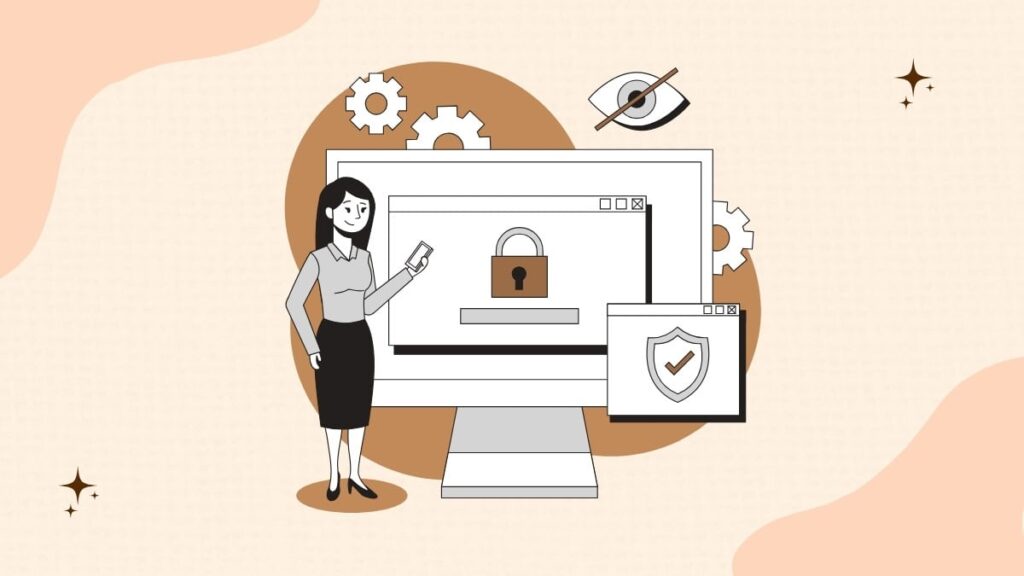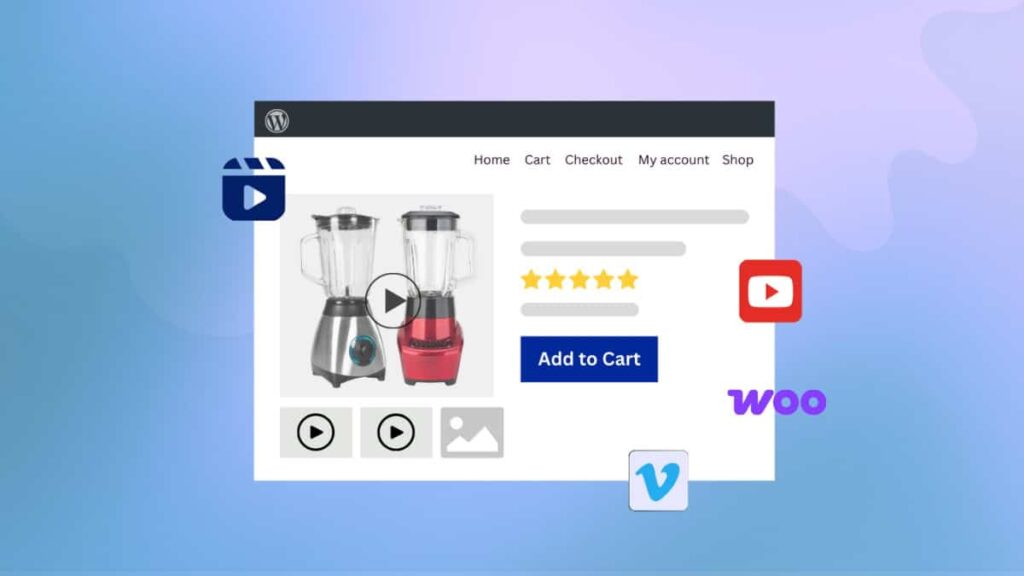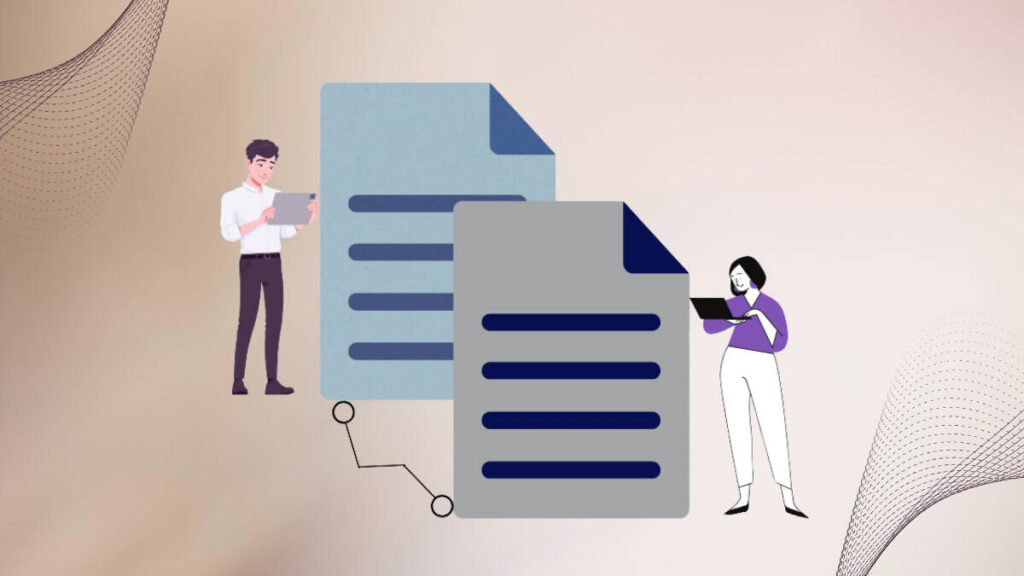WordPress is an open-source platform, which means the code is readily available for anyone to view. When using a system that has its code accessible to everyone, it’s essential to keep your blog up-to-date in sync with the platform’s new releases. If there is a vulnerability in the application, it will be made available to the world. That’s why it’s so important to keep your WordPress updated and secure.
This article will share some valuable tips that you need to follow to secure your blog against cybercriminals who want to launch a brute force attack on your site or deface it. Additionally, if someone has gained access to your account, they could also use it as a spam platform to send out phishing emails.
Key Takeaways
- Learn why keeping WordPress core, themes, and plugins up-to-date is your first line of defense against known vulnerabilities.
- Find out why a reputable, secure hosting provider and separate FTP/email credentials matter for overall site integrity.
- Read how installing an SSL certificate (HTTPS) encrypts data in transit, protecting login credentials and form submissions.
- Discover top security plugins that offer malware scanning, firewall protection, and real-time alerts.
- Find the best practices to immediately delete or mark spam comments, reducing spam-driven vulnerabilities.
Why Would Someone Hack a WordPress Website?
People who hack blogs are called “hackers.” Sometimes, they hack your blog to destroy it, but other times, they do it for money.
The people who buy hacked blogs are the ones who want to publish spam emails, pornography, or other types of shady content.
Their motivation may not be downright malicious. For example, some hackers hack blogs simply because they’re addicted to doing so. None of these things is okay, though. If you’re blogging, then you have every reason to protect yourself against hacking!
How to Identify that Your Site is Being Hacked?
Your blog is being hacked when you notice sudden spikes in traffic or increased spam comments. When someone logs into your WordPress account, they will show up as “unknown.” WordPress automatically sends emails to the website owner to notify them of an activity that the owner did not initiate. Another indication that your WordPress account has been compromised is that the admin is trying to get into your WordPress.
Enabling WordPress debugging can also help you trace unusual errors or suspicious activities. Here’s a step-by-step guide on How To Enable Debugging In WordPress.
Why Is It Important to Update WordPress Regularly?
Keeping your installation up-to-date with the latest WordPress release ensures that cybercriminals don’t exploit a flaw in the system to gain access to your blog. By default, when a new version of WordPress is released, it detects if you have an outdated platform and prompts you to update.
In addition, WordPress security updates are released when a vulnerability in the code is identified. Those updates close the security gap and protect you from potential cyber threats.
How Can You Protect Your WordPress Site from Hackers?
Update WordPress Regularly
Just like with any other software, it’s important to keep your blog site up-to-date with any new releases of WordPress. Hackers often try to hack into websites that haven’t been updated because vulnerabilities are more likely to exist in outdated software. You should update all themes and plugins as well.
Choose a Complex and Secure Password
Make sure that your password is hard to guess and has a minimum of 10 characters. You can make it even more secure by using numbers, capitals, and special characters (@, #, *, etc.) as well.
To protect yourself from brute force attacks, you should change your password from time to time (recommended every 120 days) and not use a weak password because it will be hacked much more easily than a secure one.
Use Secure Hosting for Your WordPress Website
You should always host your website with a professional hosting provider with a good reputation because you wouldn’t want criminals to hack into it and destroy all of the stored data on the servers. It’s also important to make sure that your passwords for FTP and email accounts are different.
Install HTTPS to Secure Your WordPress Website
You can see a green padlock in the address bar when you visit HTTPS-enabled websites. The “S” stands for secure. It means that all communication between your browser and the website is encrypted, making it difficult for hackers to intercept sensitive data like passwords.
You should get a Secure Socket Layer (SSL) certificate from your hosting provider to activate HTTPS. They will give you one for free in some cases, but sometimes it’s a paid service.
Only Install Trustworthy Plugins & Themes
Ensure you download plugins & themes from trusted sources like the official directory on WordPress and avoid any other suspicious-looking third-party sites. It would be best to always read the comments, ratings, and reviews before installing something new. You must not use a nulled version of any premium plugin to avoid hacking.
Install a WordPress Security Plugin
You can install plugins that help you secure your WordPress website not only against bots but also against hackers. The most popular are iTheme Security, WordFence & Sucuri Security. These provide anti-hacking protection and malware removal capabilities. In addition, they will automatically send you an email when they detect any suspicious activity from another user or IP address.
Delete all Spam Comments Immediately
It is essential because spammers will try different techniques to publish content on your blog without you noticing. This includes trying to compromise the plugins you might be running, such as Akismet and Hello Dolly (which is not a plugin but an option in JetPack). Delete any suspicious comment immediately, or if it contains marketing language, mark it as spam, and hopefully, WordPress will filter it in the future.
Perform Regular Backups
You can install WordPress security plugins like UpdraftPlus, BackWPup, and Duplicator, which will automatically back up all the content from your blog, plus any settings and files you have uploaded. You should test these backups at regular intervals because sometimes they might not be executed correctly.
Follow this guide to understand how to back up a WordPress Website easily, manually or using plugins.
Conclusion
The bottom line is that with all of these tips, you’ll be able to keep your WordPress blog secure and prevent cybercriminals from getting hold of it. The only way they can do so is by gaining access to it physically or through remote access, so if you follow these guidelines, hopefully, your website will stay away from the clutches of cybercriminals!
FAQs on WordPress Website Security
Why is WordPress security important?
WordPress is a popular platform, which makes it a common target for hackers. Securing your site prevents unauthorized access, spam, and data breaches.
How do I know if my website has been hacked?
Signs include unknown login activity, spammy content, sudden traffic spikes, or being locked out of your admin dashboard. Security plugins can help monitor these issues.
What is the best plugin to secure a WordPress website?
Popular WordPress security plugins include Wordfence, Sucuri, and iThemes Security. These offer firewalls, malware scanning, and login protection features.
Is SSL mandatory for WordPress websites?
Yes, an SSL certificate is essential. It encrypts data and adds a security layer, improving customer trust and SEO rankings.



